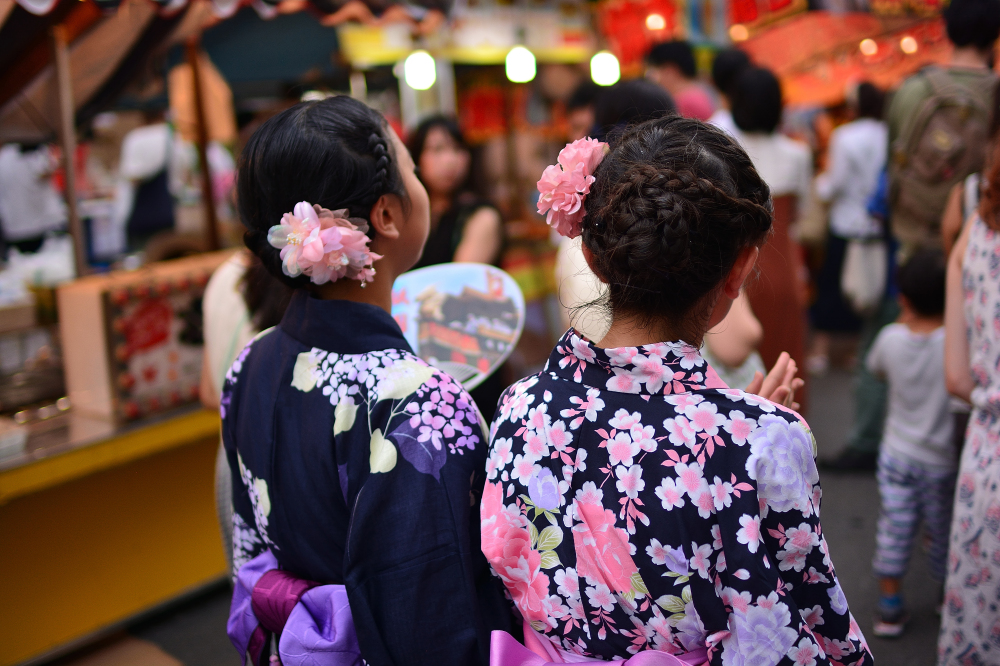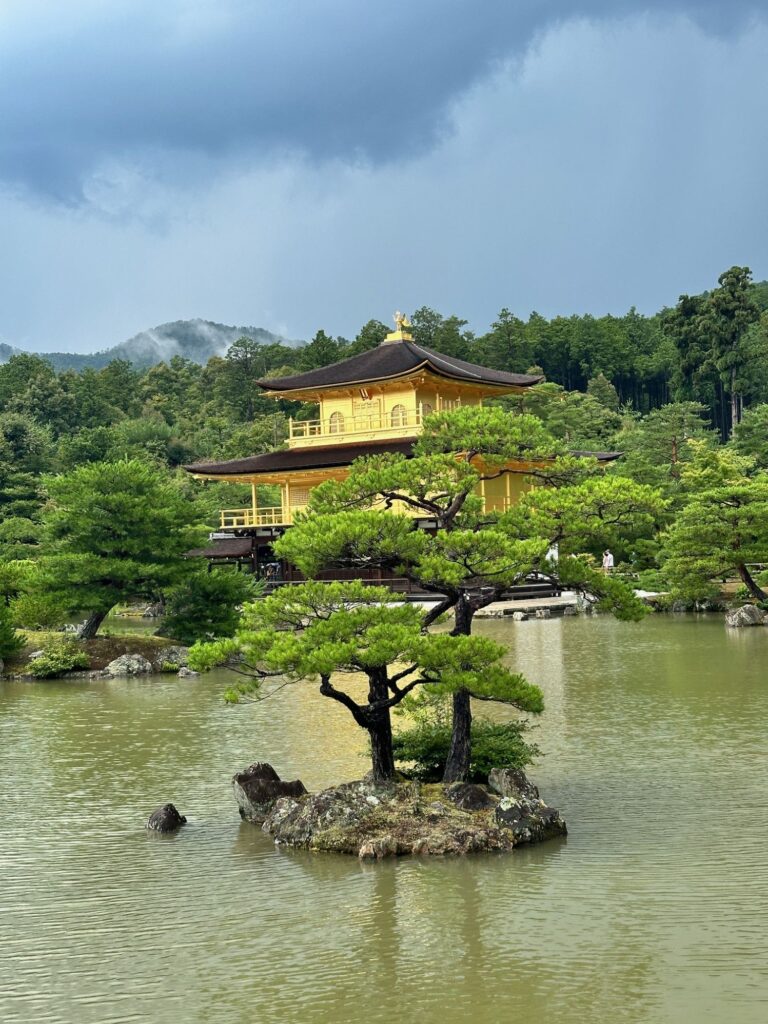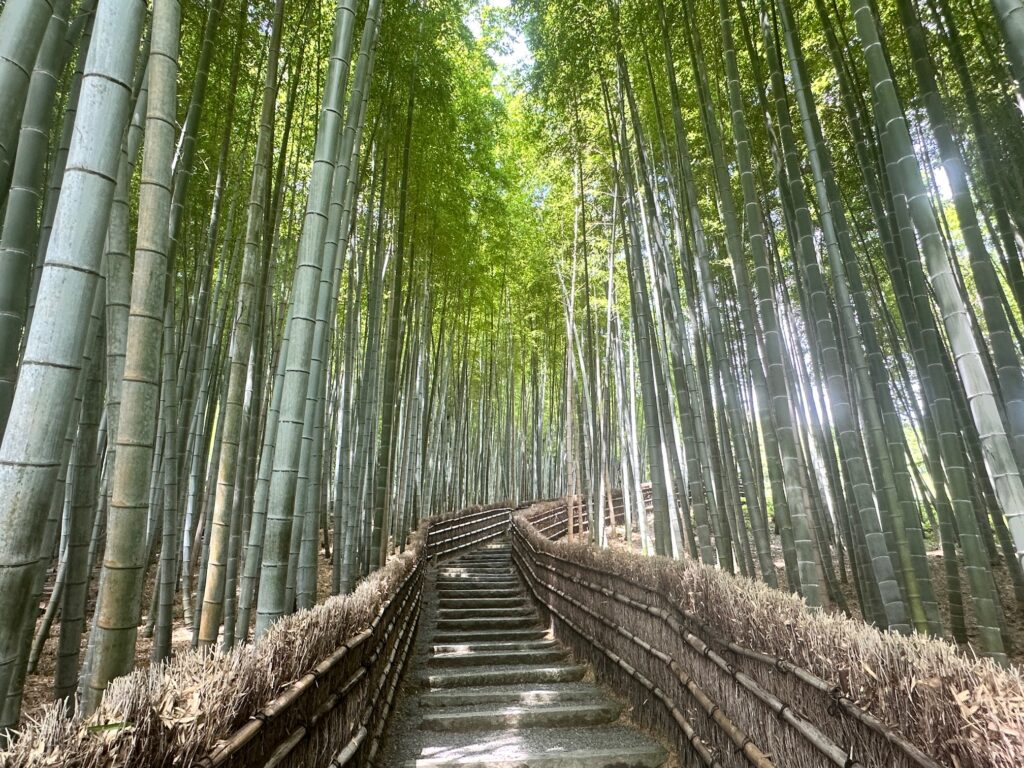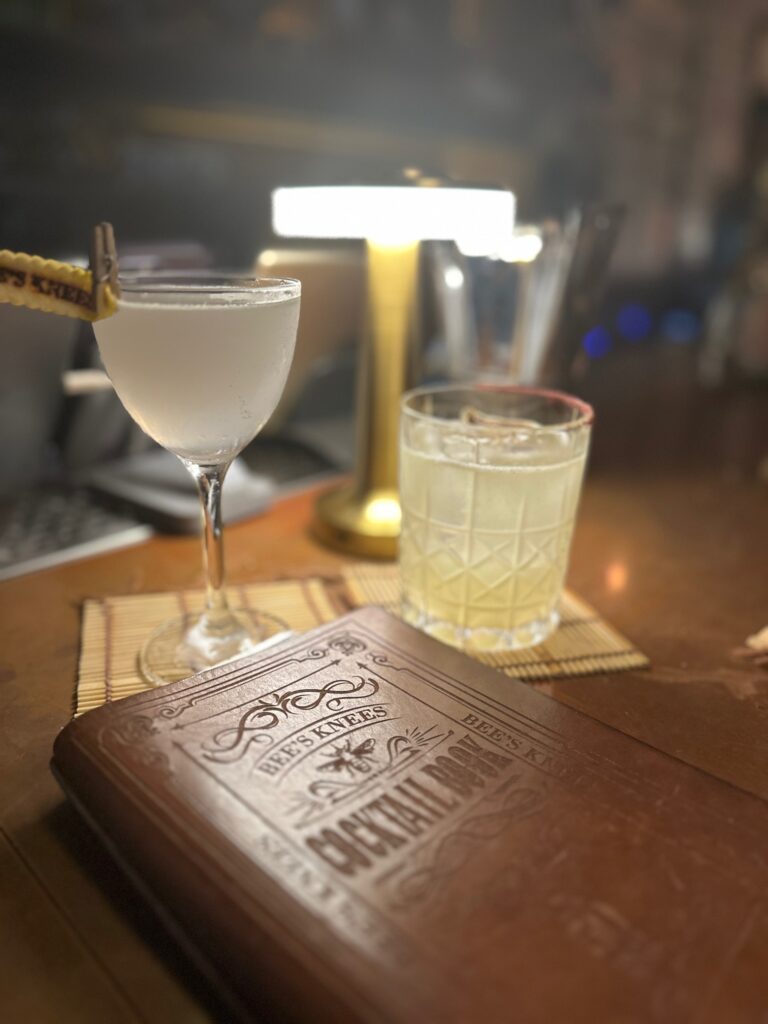Kyoto, the cultural heart of Japan, offers a wealth of historical landmarks, traditional arts, and vibrant festivals. This Kyoto guide will help you explore the best of this magical city, including the famous Gion Matsuri festival, tea-making lessons, traditional performances, and hidden gems. As Japan’s ninth most populous city, the former capital and the seat of the emperor’s rule through eleven centuries of great change, there is a sense of the past that pervades the central area of Kyoto, even in places where the ubiquitous neon signs have swarmed in (with their own wonderful charm!). Don’t even think about leaving home without our Kyoto guide!

Where can I see traditional arts?
Kyoto’s Gion district is synonymous with the elegance of maiko (apprentice geisha) and geiko (fully-fledged geisha). No Kyoto guide would be complete without a recommendation to visit Gion Corner, where you can book to see the hour-long performance of the traditional geisha arts, including tea ceremonies, ikebana (flower arranging), and maiko dances. This rare opportunity to witness the grace and skill of these cultural icons was unforgettable, but please attend the show to see geishas in action and be respectful if you encounter them on the streets of Gion; they are not there to be photographed or hassled!
The tea ceremony known in Japan as chadō (‘the way of tea’) is a complicated and involved series of ritual movements and interactions that focus on the relationship between the guest and the teamaster, who is identified by a red or orange cloth work in the belt. We were able to attend a lesson in chadō at Kyo-gokoro, not only watching and participating in the process as guests but also having a go at stirring the matcha mixture ourselves!

If you love green tea, this is an incredible experience, especially as the Kyoto Handicrafts Centre is downstairs and you can browse and buy some incredible traditional products. There are also options for you to wear kimonos too if you wish, as well as learn some of the other geisha skills for yourself. Of course, if you prefer your matcha in a plastic cup adorned with a mermaid and a misspelling of your name, keep walking, this isn’t for you…
What about the Gion Matsuri Festival?
One of the highlights of our visit was the Gion Matsuri festival. As an annual event, it might not pop up in every Kyoto guide, but if you’re in town, it’s worth seeing. Held every July, this month-long celebration is one of Japan’s three major local festivals, which has been celebrated every year except in times of conflict, since the tenth century. As well as celebratory foods and events, two huge processions mark the transit of the solar deities from the Yakasa Jinja shrine around the city, a practice which was originally used to ward off plagues in the sweltering summers.


We were fortunate to witness the Yamaboko Junko parade on July 24th, which showcases the grandeur and artistry of Kyoto’s cultural heritage with a procession of enormous floats, some of which have small trees on top and one which is shaped like a giant boat! The floats are pulled by hand and need to be rotated by lifting or by dragging across bamboo slats – not an easy feat when they weigh around 10 tons! Each float has its own meaning and story, so if you happen to be in Kyoto in July, check out the tourist board’s website for some more guidance about what is on and what it all means!
What else should I do?
Ok, so, here’s the other stuff you need in your Kyoto guide, complete with exclusive BBB tips! There are so many temples and shrines (Japanese people are usually simultaneously Buddhist and Shinto, with each religion performing a different role in their spiritual lives) that you will be quite overwhelmed if you try to see even a quarter of them. My highlights were the Kinkaku-Ji temple complex, where you can get your fortune in English from a vending machine (!) and where you can see the impressive golden pavilion, and the Toji Pagoda, which also has several other buildings nearby for you to explore.


Next door to where we were staying at the Hotel Okura Kyoto Okazaki Bettei, the Okazaki shrine is also worth a look if you want to visit somewhere a little quieter. This shrine is dedicated to rabbits and there are hundreds of rabbit statues, images and toys at this shrine!
My favourite hidden gem – do NOT tell all your friends and certainly don’t publish it in an online Kyoto guide! – is the Adashino Nenbutsuji temple, which is reached by an hour-long bus ride from the city centre area. Rather than following the crowds to the Arashiyama Bamboo forest, you can find a mini bamboo forest at this temple, as well as some very interesting thousands of memorial statues.

Best of all, this place is likely to be much quieter and you can have a leisurely wander around the temple, enjoy the tranquillity of the structures or capture that perfect bamboo pic for the ‘gram without Jim from Arkansas photobombing you. It’s much harder to avoid the people at the thousand red torii gates at Fushimi Inari Taisha, reachable from the city centre by a quick train, where you can meander through row upon row of the shrine gates towards the top of the hill. Try to go early or late to miss the crowds, but once again, remember these are spiritual places so be respectful, especially about taking photos!

Another place of note that ought not to be missed from a Kyoto guide is Nijo Castle (Nijo-Jo). Nijo Castle is a series of Edo-style buildings on manicured grounds that formed the Kyoto residence of the first shogun of that period, Tokugawa Ieyasu, and later an imperial residence. As one of the best-preserved examples of a feudal-era castle, it was designated a UNESCO world heritage site in 1994, and the interior is due to be opened to the public from September 2024.
Where should I eat and drink?
For foodies, Nishiki Market is an unmissable experience for the Kyoto guide hitlist; known as ‘Kyoto’s Kitchen’ it has a range of fresh produce stalls, kitchen equipment stalls and, of course, food to eat immediately. Bear in mind that, if you want to graze through the market, it’s bad manners to eat while walking.

If you prefer to get your whole meal in one place, we recommend a stroll down Pontocho Alley, where there are lots of restaurants and bars for you to choose from. Manten is a great place to eat a wide range of Japanese food teppanyaki style, including skewered treats, wagyu and their speciality of meat-wrapped veggies. Alternatively, nip over to Stars‘n Cacio if you’re after something different (Italian) with a cocktail to wash it down.
There’s a lively secret speakeasy culture in Kyoto too. We loved Bee’s Knees (look for the bee doormat outside) and CAVALIER, where the vibe is seductive and the cocktails innovative. Grab a taiyaki on the way home if you need a little sugary kick – the chestnut and purple potato fillings were both delicious. As with most Japanese cities, you’re very unlucky if you make a bad food choice anywhere, but try to call ahead if possible as some of the very small restaurants, bars and izakayas have literally five seats and you’ll have to wait.


How to get to Kyoto
We arrived in Kyoto from Osaka, but there is a limited express service called Haneda from Osaka Kansai Airport that will get you to the main station in under two hours. As with all Japanese internal transport services (and if I could give you one piece of advice for the future in this Kyoto guide, it would be this…), you would be well off looking into it a little in advance so you know what you’re looking for, as once you’re on the ground the information overload is intense.
The local trains are less luxurious, but still clean and possibly as efficient as you’ll get anywhere in the world. Overall, taxis in Japan don’t offer value for money when compared to public transport, so we only used them when we were laden with cases like a couple of pack donkeys or out in the sticks.
Getting out of the city
If you’re feeling really adventurous, you can go a little further afield (by bus or car) to visit Kosanji, the rustic forest temple where some scrolls depict pictures thought to be the origin of the manga artform. It’s a really picturesque area with mist rolling across lush mountain woodland and mysterious little pathways to explore. If the mountains rather than the city are your thing, but you want to be near Kyoto, try Momijiya in the village of Takao.


It’s a guesthouse with traditional architecture and a riverside restaurant, with enough altitude to provide relief from the crazy temperatures of Kyoto city. As a family-run establishment, you’ll receive a warm welcome, comfortable accommodation and a unique base from which to explore the prefecture and nearby Kyoto. Even if you only venture out of the city for the day, this is a great place to visit and you’re unlikely to find it in any other Kyoto guide!
So go on and enjoy Kyoto and feel free to send us your own recommendations – we’re definitely going back!


